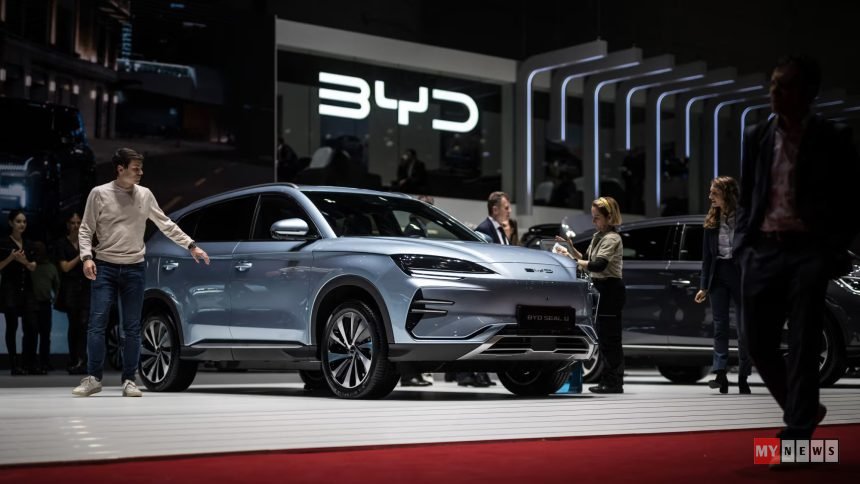China’s electric vehicle (EV) industry is at a crossroads. While the country has become the world’s largest EV market and a leader in exports, a brutal price war at home is pushing many automakers to the brink of collapse — threatening jobs, investment, and long-term stability.
For Li Hongxing, a marketing professional who runs a social media ad agency, the fallout has been personal. Last year, Li took on Ji Yue, a startup backed by Baidu and Geely, believing it to be a rising star. Convinced of its potential, he borrowed money to fund advertising campaigns, expecting healthy returns. Within months, however, the company collapsed, leaving him with 40 million yuan ($5.6 million) in debt and what he describes as “sheer despair.”
Ji Yue’s downfall is far from unique. Over the past few years, hundreds of EV brands in China have folded, casualties of a cut-throat price war that has consumed the industry. Once supported heavily by government subsidies, China’s EV sector grew rapidly, spawning giants like BYD and pushing car exports to nearly 6 million in 2024, the highest in the world. Yet the same policies that spurred growth have also created massive overcapacity, forcing automakers into aggressive competition.
🚗 Overcapacity and “Disorderly” Competition
Carmakers large and small are now locked in a battle for survival. According to suppliers and industry experts, even leading companies are pressuring parts makers to sell below cost, while stretching payment terms for months. Margins are razor thin, and many smaller firms simply cannot withstand the strain.
Officials in Beijing have acknowledged the risks, labeling the situation as “disorderly competition.” The government is now attempting to stabilize the industry. Measures include summoning auto executives to warn against reckless price cuts, setting rules to shorten supplier payment cycles, and scaling back subsidies that once fueled expansion.
President Xi Jinping has also weighed in, calling for an end to “chaotic, cut-throat price wars among companies.” Still, analysts warn that fixing the issue will not be easy. The industry employs over 4.8 million people, making large-scale closures politically and socially sensitive.
🌍 Going Global – But Facing Pushback
At the same time, Chinese automakers are aggressively expanding overseas. Brands like BYD, Geely, Chery, and Changan are finding buyers in Europe, Latin America, and Southeast Asia. However, the surge in exports has triggered resistance. The European Union, Mexico, and Canada have all introduced tariffs or restrictions, citing unfair competition and national security concerns.
For Beijing, this creates a dilemma. While exports can absorb some of the excess capacity, global resistance could slow growth and worsen domestic overproduction.
⚖️ Balancing Growth and Stability
Economists argue that Beijing’s current efforts — scaling back subsidies and encouraging consolidation — are steps in the right direction, but not a quick fix. Chetan Ahya, chief Asia economist at Morgan Stanley, noted: “Just cutting capacity will not be a perfect solution. There is going to be a social stability problem if you just decide to stop investing.”
The Communist Party has long viewed employment as central to social harmony, and any disruption to the auto industry could ripple across China’s economy. Yet, without structural reforms, the cycle of subsidy-driven expansion and chaotic price wars may continue.
🔮 The Road Ahead
For now, China’s EV industry remains both a global success story and a domestic cautionary tale. While companies like BYD are setting global benchmarks, stories like Ji Yue’s show how fragile the sector can be.
As Beijing pushes for a balance between growth, stability, and innovation, the world is watching closely. Whether China can transform its EV boom into sustainable global leadership — without sacrificing domestic stability — remains the key question for the years ahead.












